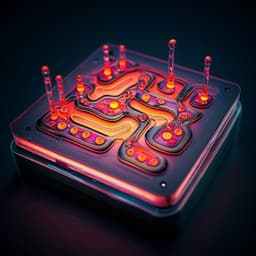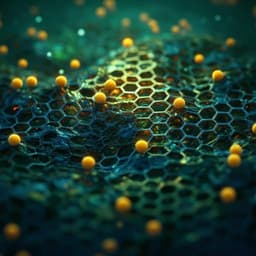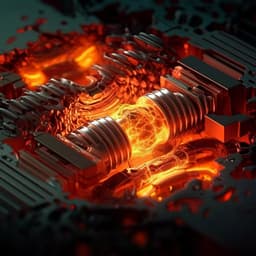
Engineering and Technology
Mimicking efferent nerves using a graphdiyne-based artificial synapse with multiple ion diffusion dynamics
H. Wei, R. Shi, et al.
Discover the groundbreaking work of Huanhuan Wei, Rongchao Shi, Lin Sun, Haiyang Yu, Jiangdong Gong, Chao Liu, Zhipeng Xu, Yao Ni, Jialiang Xu, and Wentao Xu as they unveil a novel graphdiyne-based artificial synapse (GAS) that not only mimics biological signal transmission but also achieves exceptional energy efficiency. This breakthrough opens up exciting possibilities in soft electronics, neurorobotics, and brain-computer interfaces.
Playback language: English
Related Publications
Explore these studies to deepen your understanding of the subject.







